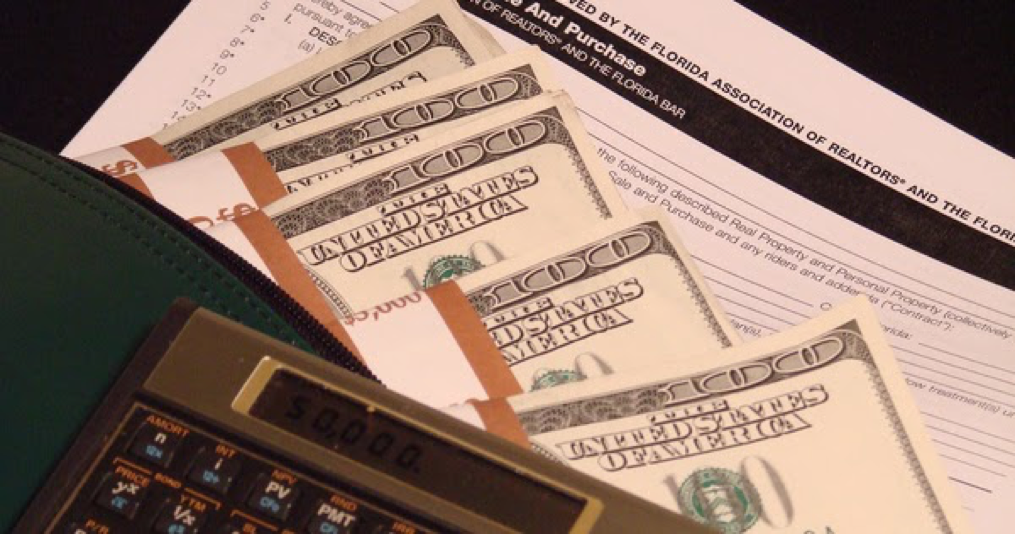International money transfers in countries like Singapore, Malaysia and Thailand are typically conducted via bank accounts. For example, a study conducted by Global Findex, World Bank found that Singapore has the highest adoption of bank accounts and credit cards at 96% and 35% respectively. Malaysia is second in line at 81% and 20%, while Thailand comes in third at 78% and 6%. Countries like Indonesia, Vietnam and the Philippines have less than 40% bank account adoption rates, and single digit percentages for credit cards.
Unfortunately, in developing countries across Southeast Asia FinTech companies have yet to take off. Fintech and nascent blockchain technology can save clients a fortune when transferring money from Asian countries to the United States and vice versa. Banks typically levy high fees, commissions and spreads on all international transfers. Whether the money is flowing into Asia, or from Asia to the West, the same high fees eat into the purchasing power of the funds being transferred.
Why Are Banks So Expensive for International Funds Transfers?
The fees levied by Asian banks and US banks on international wire transfers are but one of the many cost considerations to bear in mind. There are additional commissions applied on top of these fees. For example, in the United States, international wire transfer fees are typically $50. Most every Asian bank or US bank, bar none will charge higher fees than the leading international money transfer companies. Additionally, the bigger the transfers, the lower the fees with international money transfer companies. One of the biggest problems with banks is that the spread (the buy and sell price) of Forex transfers is significant.
Consider the following cost comparisons between money transfer companies and banks:
International payments companies typically have no outbound or inbound wire fees, and the wholesale rates range between 0.3% and 2.5% spread, dependent upon the currency and the volume being transmitted. International payment companies can process transactions within 24 hours, and Forex options are routinely available for clients. Banks on the other hand are an entirely different animal.
The fees for UK High Street banks or US banks are $50 per international wire transfer. However, it’s the rates that are expensive with up to 5% margins on exotic currency pairs and up to 3% on standard currency pairs. This is where Asian clients or US clients sending money to Asia will suffer the most. Another problem with traditional banks is the transactions processing speeds. For example, banks typically take up to 3 business days for money to be transferred from one destination to another.
Cost Effective Ways to Transfer Money Abroad
The default action for many clients transferring money is to visit a land-based bank to conduct an international money transfer. Unfortunately, the high costs involved in making the transaction will significantly whittle away the value of the money being transferred. If clients must use banks for purchasing Forex, it is always a better idea to conduct the transaction online, and then to wait for the bank to deliver the Forex to the primary residence of the account holder.
Experts roundly agree that the best cheap transfer of money overseas is available through other money transfer services such as Currency Index, Global Reach Partners, Currency Fair and MoneyCorp. Each of these companies is a superior option than High Street banks for money transfers between Asia and the United States. These credible companies provide a more cost-effective way to transfer money abroad. They are fully licensed and regulated to offer Forex services to personal and retail clients, and objective reviews attest to the quality and professionalism of the services they offer.
 Asian Fortune Your source for all things Asian American
Asian Fortune Your source for all things Asian American





